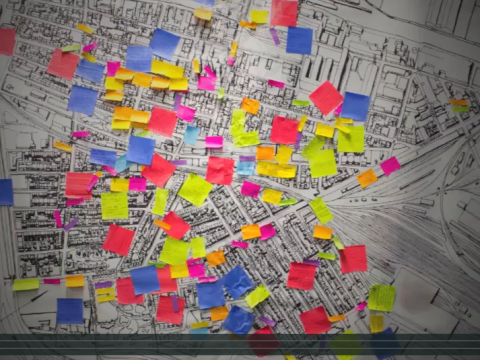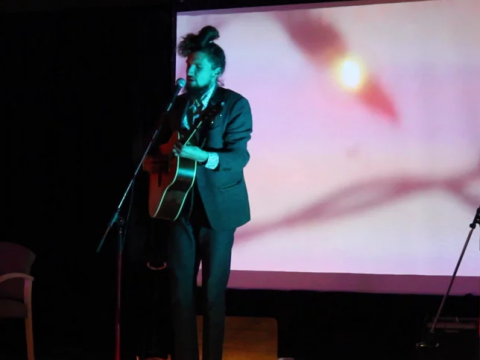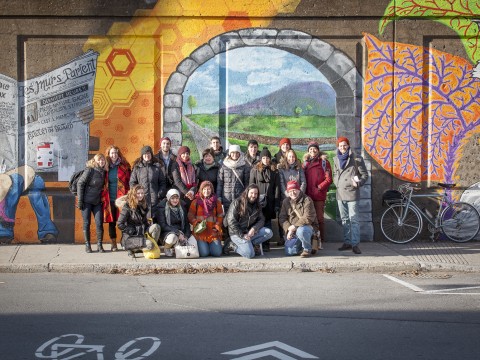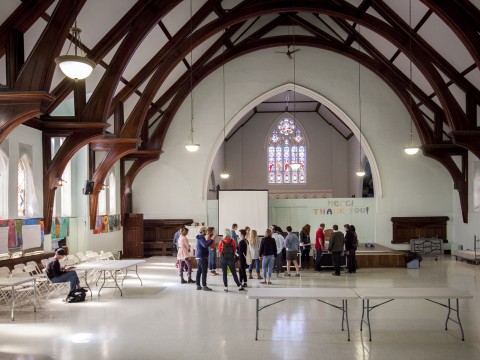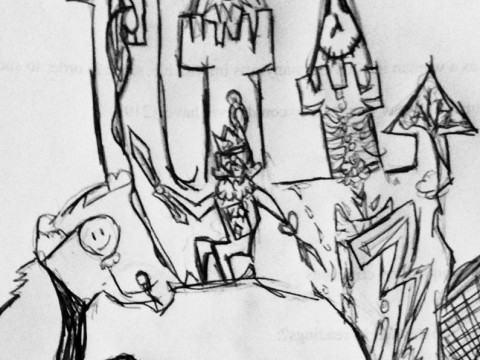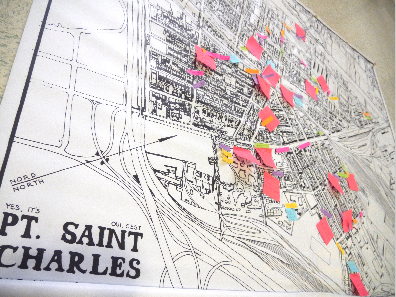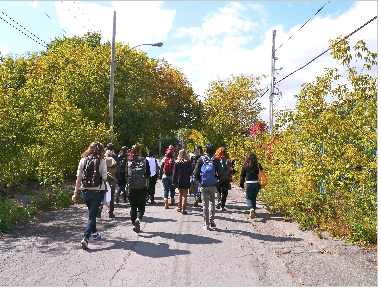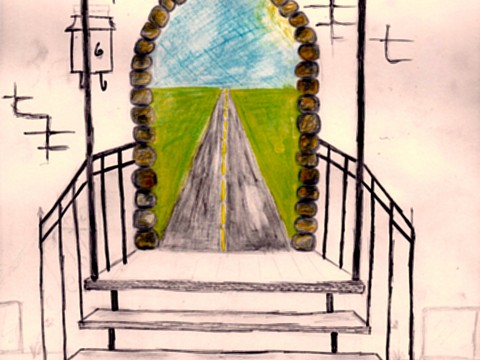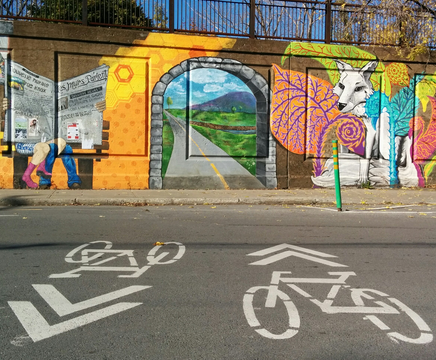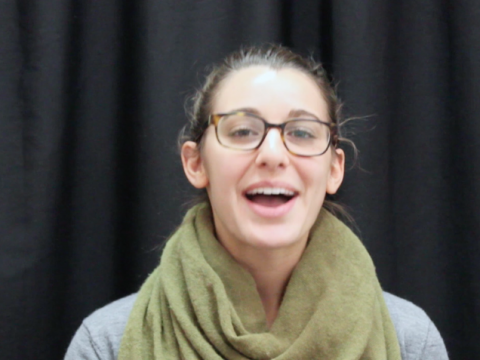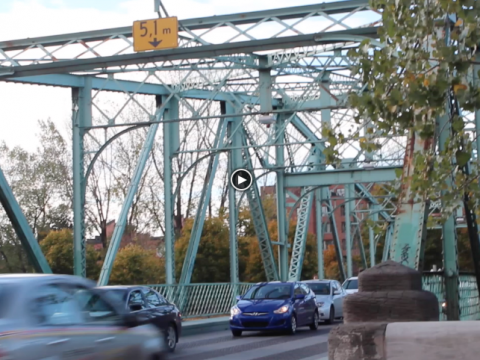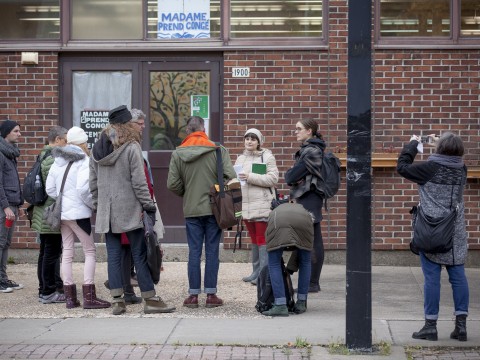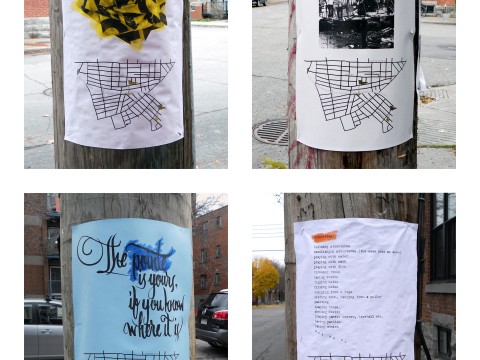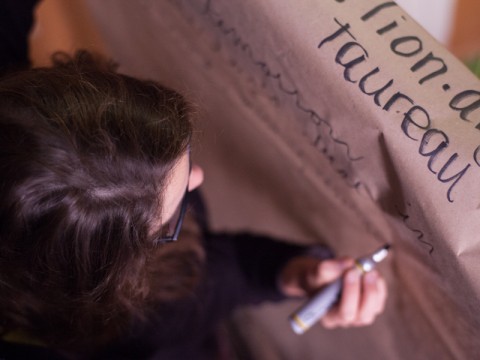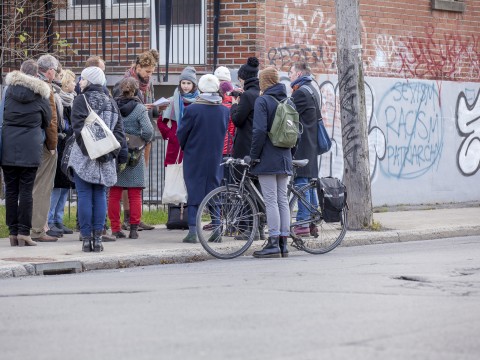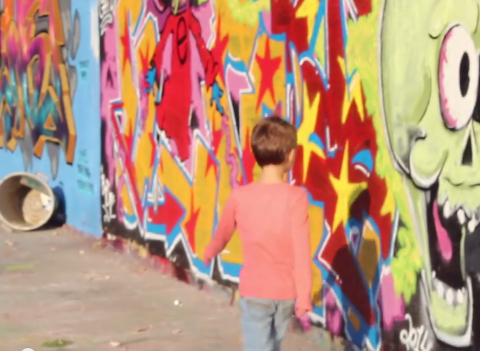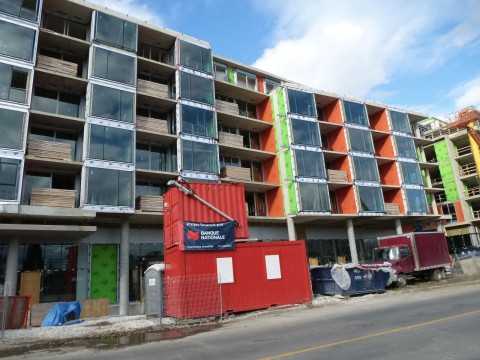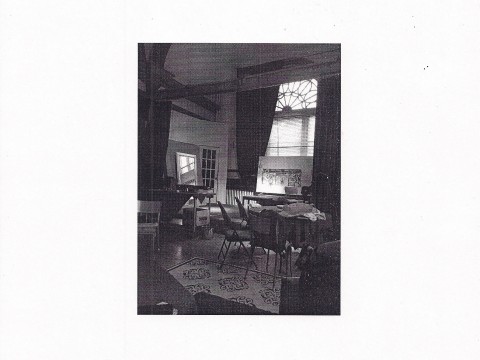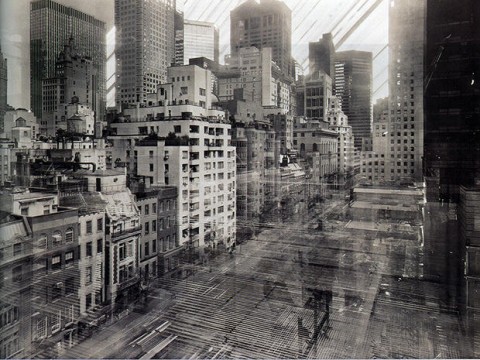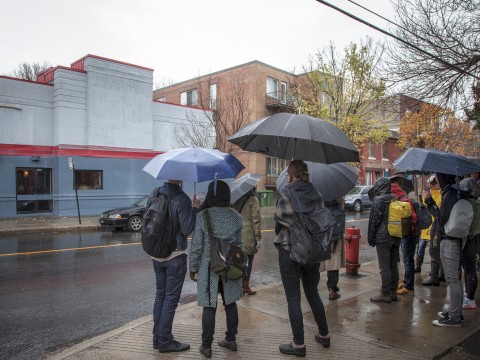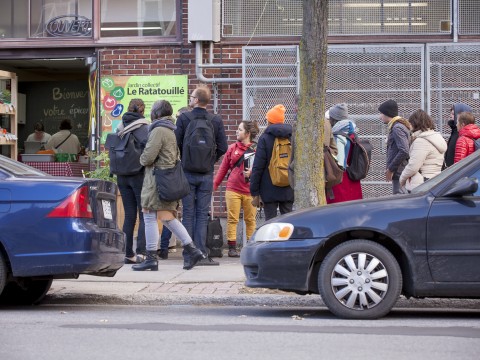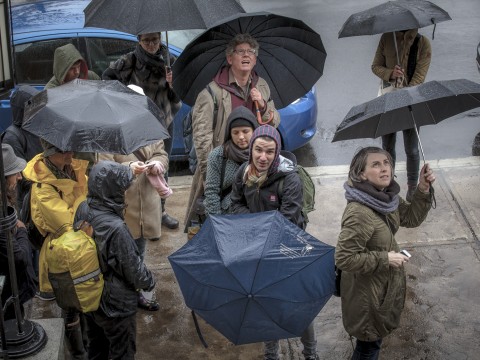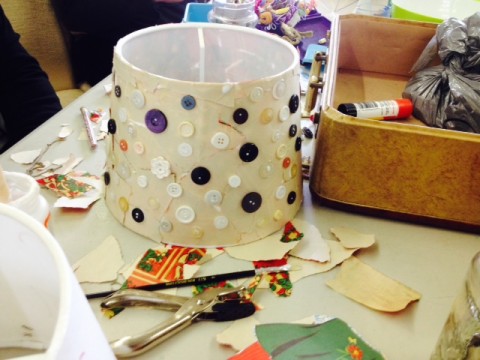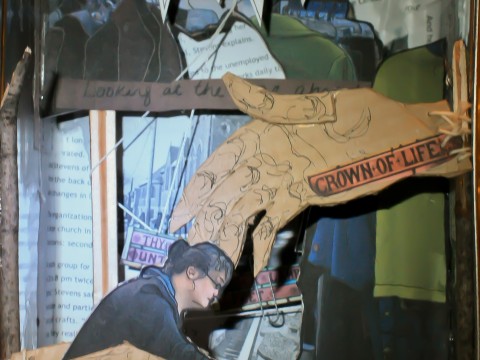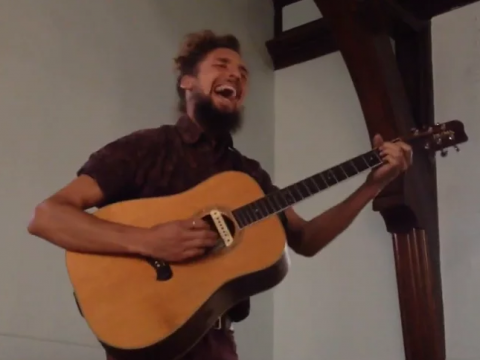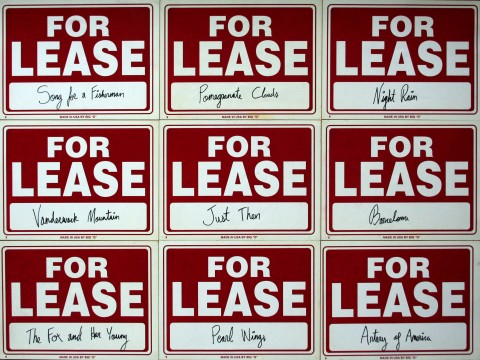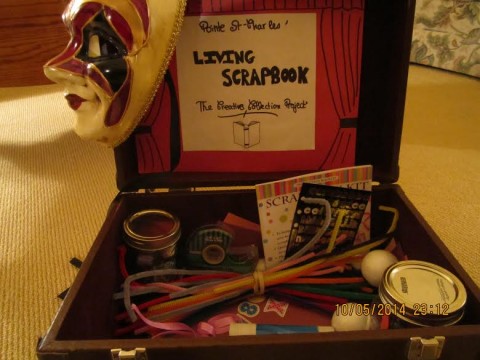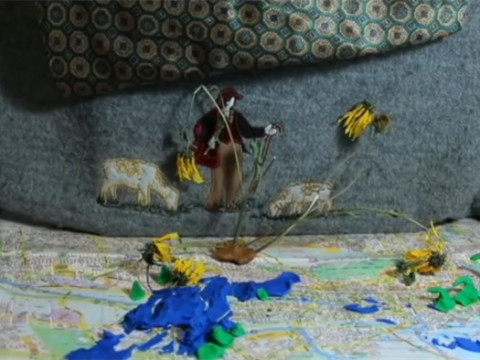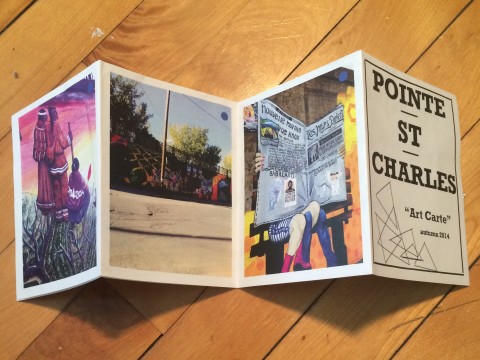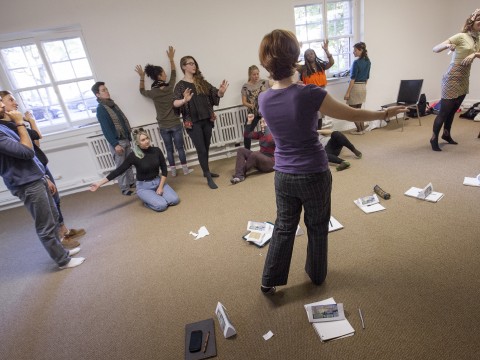Art Exhibit and Performance Showcase December 5th
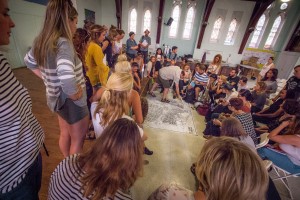
This years Right to the City Project participants. Photo by David Ward.
Français a suivre.
For the second year in a row, students from Concordia University have partnered with community organizations in Pointe-Saint-Charles to present an afternoon of neighbourhood-based research and creation. The exhibition will take place at Salon Laurette (1950 rue Centre) beginning at 1:30pm, followed by performances at Share the Warmth (625 Fortune) from 3:00-5:00pm. Events are free of charge and all are welcome!
Come out and see students showcase a collection of visual and performance projects that reflect their experiences of Pointe St-Charles and the Right to the City Project.
This event is a thank you to all the community members and partners who collaborated with the Concordia students in Art History, Art Education, Oral History and Theatre (Fall 2015) in the making of the Right to the City Project.
*Accessibility: Neither venue offers wheelchair accessibility. We sincerely apologize for this*
Facebook event: https://www.facebook.com/events/202808893384821/
————————–
Les étudiants de l’université Concordia continuent leur travail communautaire au sein de Pointe-Saint-Charles et vous présentent cette année leur seconde présentation annuelle de leurs travaux de recherche et de création basés sur le quartier. Dès 13h30, les visiteurs sont invités à se rendre au Salon Laurette (1950, rue Centre) pour assister aux expositions, puis à se déplacer pour les performances qui auront lieux à Partageons l’espoir (625, rue Fortune) de 15h à 17h. Tous les événements de cet après-midi sont gratuits et ouverts à tous.
Événement sur Facebook: https://www.facebook.com/events/202808893384821/
*Malheureusement, les établissements ne sont pas facilement accessible en chaise-roulante*
